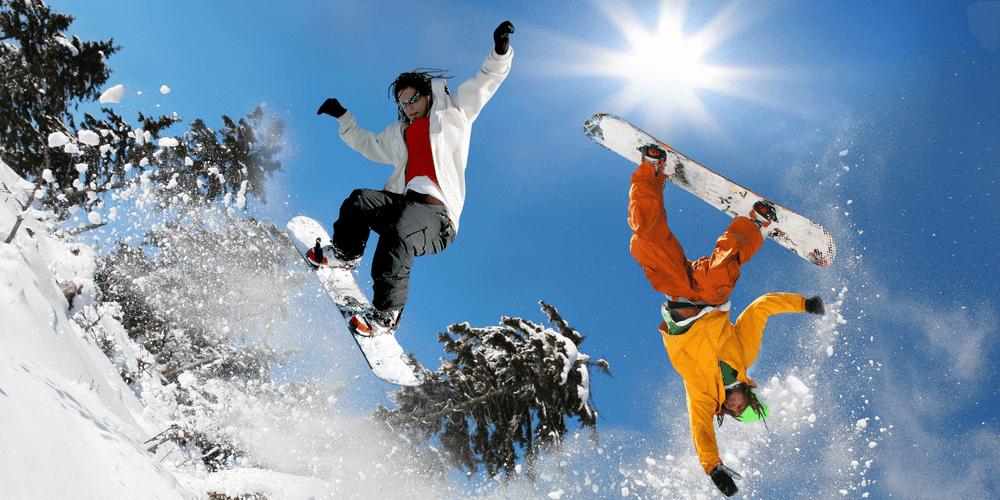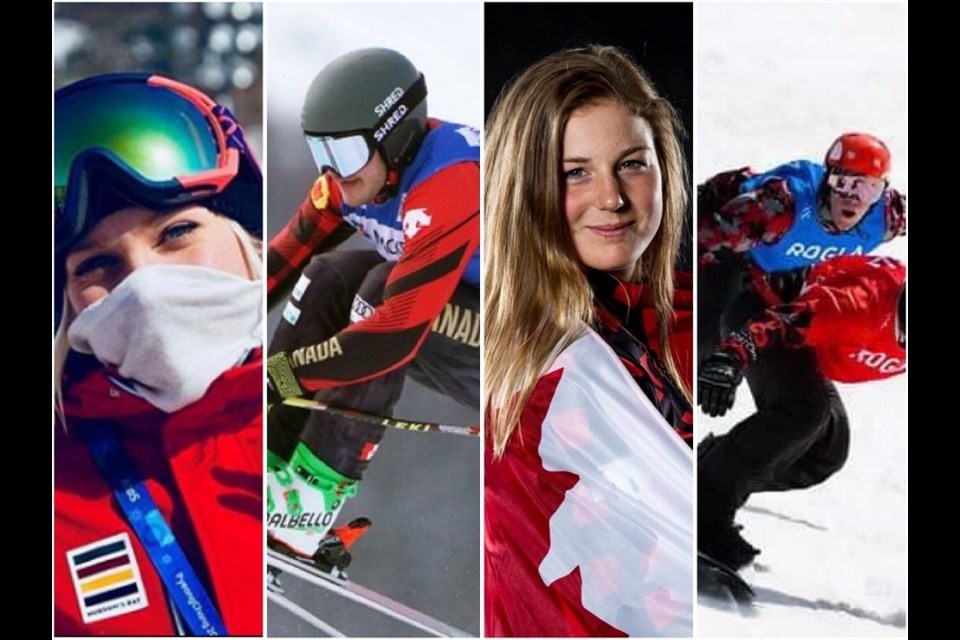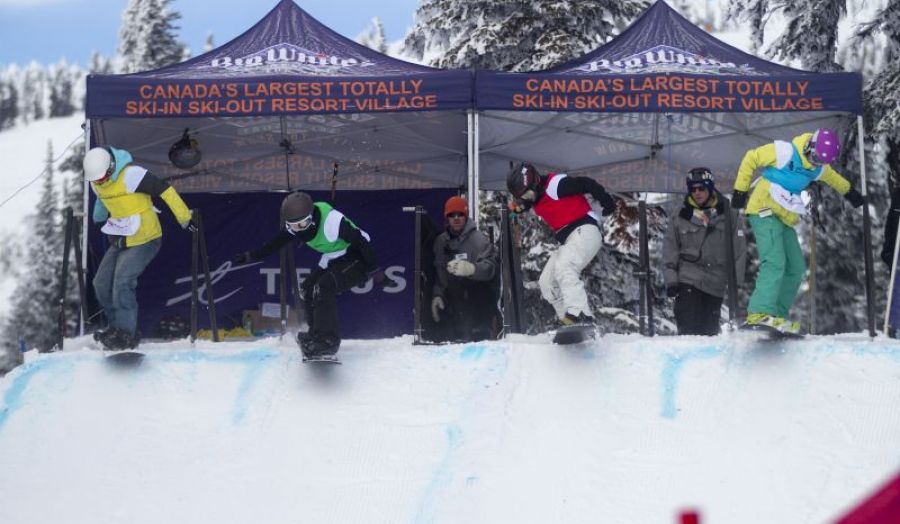In continuing with our three part feature on Snowboarding we now set our sights on injuries and how to avoid them if at all possible which is covered in the article below thanks to Snowboard Now.
Enjoy the read:
How To Avoid Snowboarding Injuries

Now let’s talk about some specific ways to avoid snowboarding injuries, including but not limited to concussions.
The first, and most obvious strategy is to wear a helmet when you’re snowboarding. Concussions are usually the result of a direct blow to the head, whether from a fall or from hitting something like a tree. Wearing a helmet protects your head and can minimize injuries.
In 1999, the U.S. Consumer Product Safety estimated that helmets could potentially prevent 44% of adult head injuries and 53% of child head injuries. Wearing a helmet can’t totally prevent a concussion but it certainly can make it less likely that you’ll receive one when snowboarding.
Keck Medicine of USC notes:
Helmet use alone is responsible for a reduction of potentially serious head injuries, including paralysis; significant cervical, thoracic or lumbar fractures; and concussions.
Together, these injuries dropped to 3% of all ski injuries, over the course of a 17-year study (1995-2012), down from 4.2%, initially, during the study period.
In addition to wearing a helmet, you may want to consider getting trained by a professional snowboarding instructor. Injuries on the slopes can be the result of a lack of skill or knowledge. A professional instructor can help you become a better snowboarder and avoid injuries.
Because snowboarding involves constant leg and hip movement, doing exercises that strengthen both can help you avoid falling. Verywell Fit recommends doing the following exercises for stronger legs and hips:
- Planks
- Side plans
- Lunges
- Squats
- Weighted step ups
- And more…
Finally, when you’re tired, take a break or stop altogether. The more fatigued your muscles, the less control you have on the slopes, making it easier to fall or run into something. Pay attention to your body and respond to the signals it’s sending you.
Initial Concussion Diagnosis
If you experience a concussion, it’s essential that you give your brain time to recover. The U.S. Ski and Snowboard Association notes:
A repeat concussion that occurs before the brain recovers from the first – usually within a short period of time (hours, days, or weeks) – can slow recovery or increase the likelihood of having long-term problems.
In rare cases, repeat concussions can result in edema (brain swelling), permanent brain damage, and even death.
In other words, if you receive another concussion shortly after an initial concussion, it can cause significant problems for your brain. Proper treatment following a concussion is essential.
If you think that you or someone you know has a concussion, you should seek professional medical evaluation. In addition to asking questions about your injury, your doctor may also perform physical and neurological tests, including:
- Balance
- Reflexes
- Vision
- Hearing
- Coordination
- Memory
- Concentration
Depending on the severity of your symptoms, your doctor may also recommend a brain imaging test, such as a CT scan or MRI. You may also be asked to stay overnight at the hospital for observation.
Concussion Treatment

After experiencing a concussion, you need to rest, both physically and mentally, so that your brain can recover from the injury.
The Mayo Clinic recommends avoiding all activities that demand high amounts of concentration, including things like video games, television, schoolwork, etc. You should also avoid any physical activities that cause your concussion symptoms to worsen.
As you recover, it’s essential to pay close attention to how your body is responding. After the initial recovery period, you can begin slowly incorporating mental and physical activities back into your life.
But don’t try to rush back into everything you were doing prior to the concussion. If a particular activity triggers your symptoms again, back off it.
Depending on your symptoms, your doctor may recommend doing only partial school or workdays, or that you take breaks during the day.
The Mayo Clinic also notes that light physical activity or exercise can also increase recovery speed, but you should only do it if it doesn’t worsen any of your concussion symptoms.
If you’re having headaches from your concussion, talk to your doctor about which pain medications are appropriate and safe for treatment.



